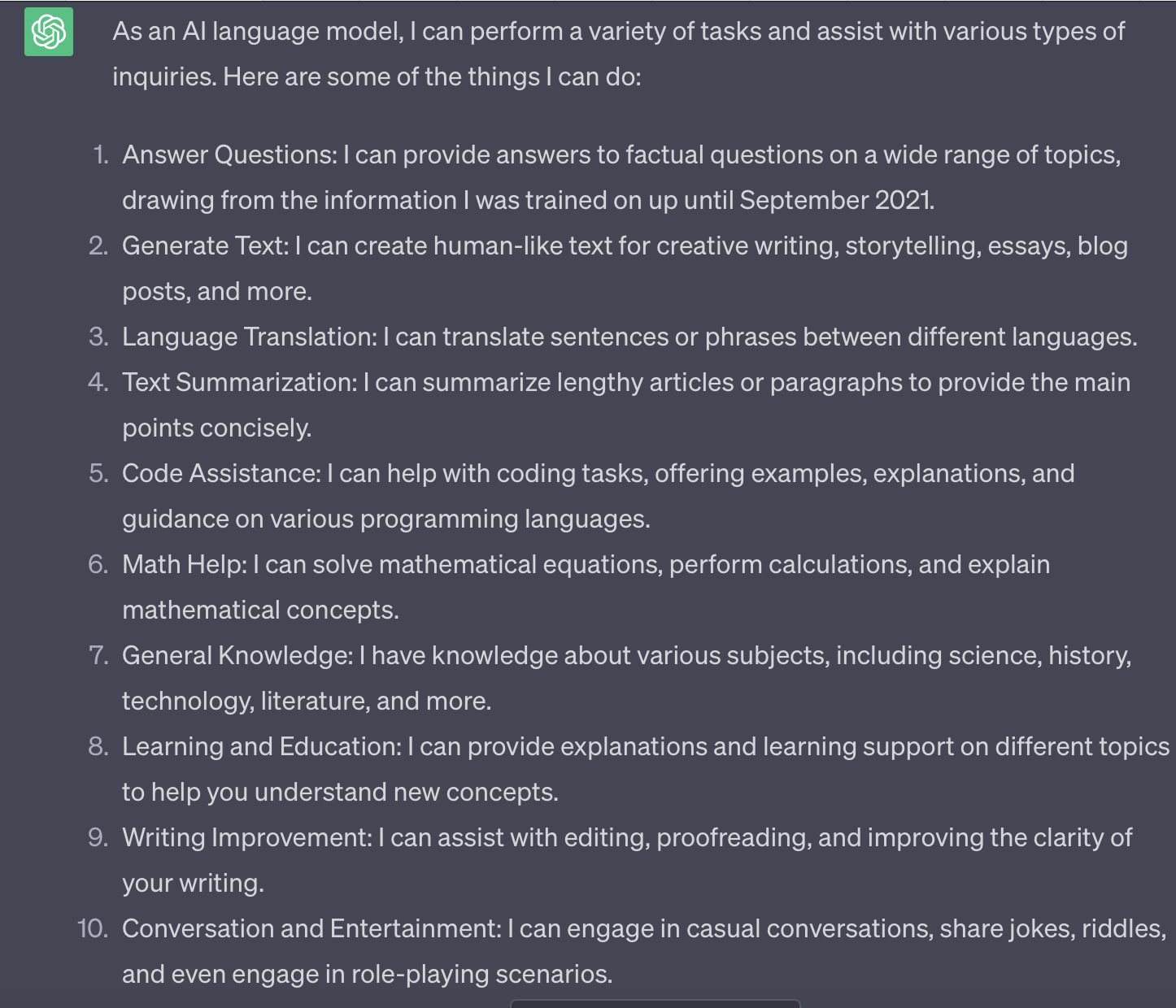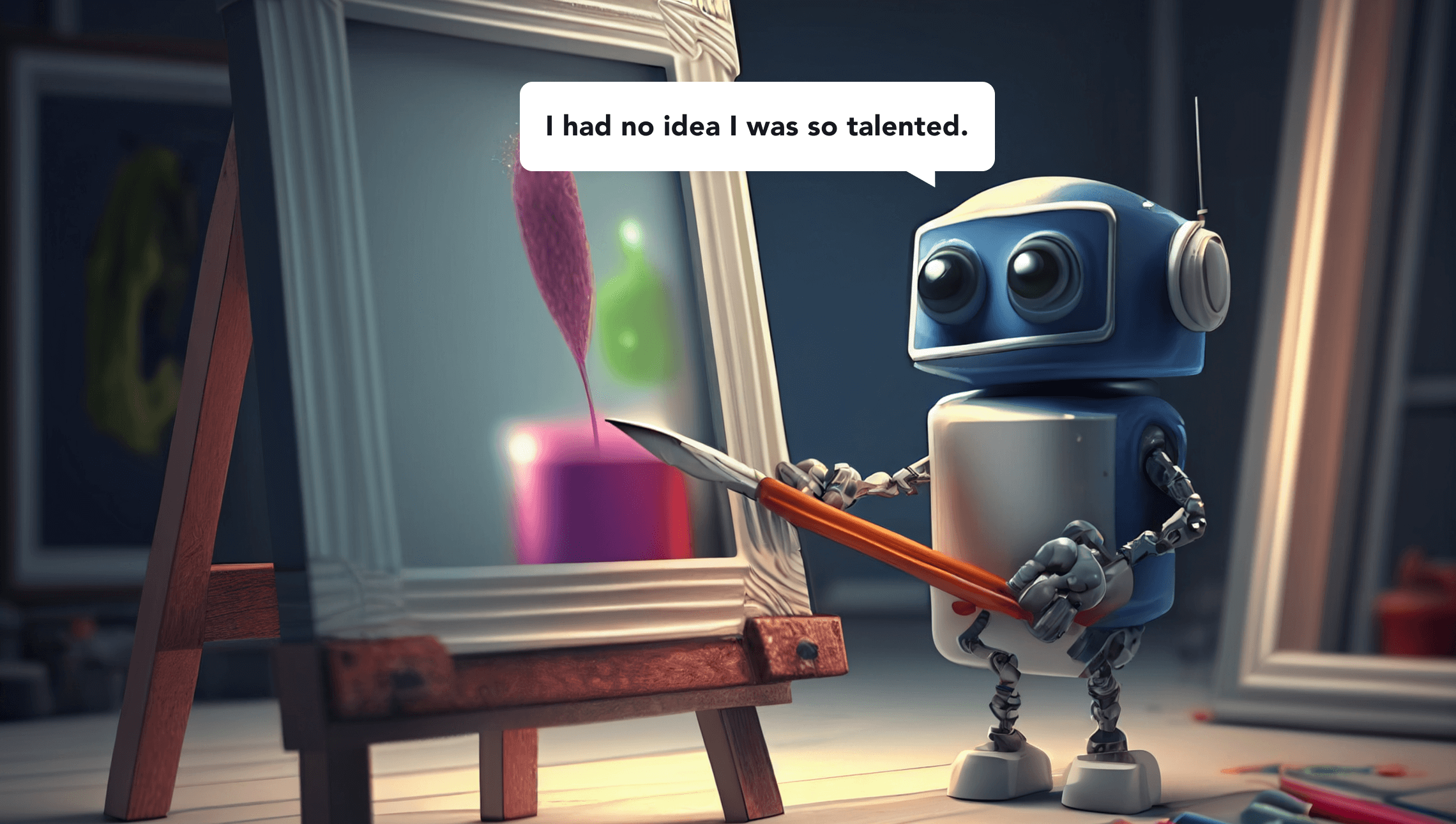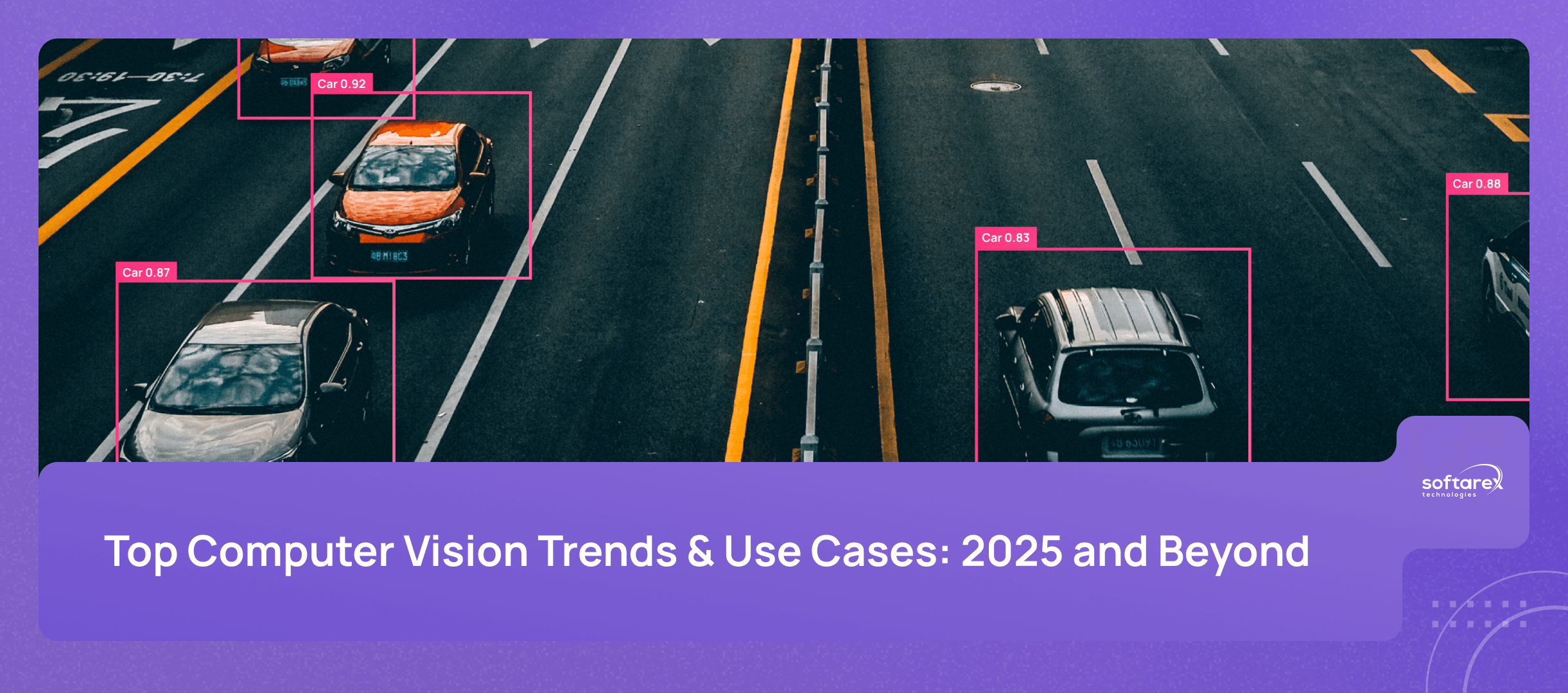As technology continues to advance, one of the most intriguing and promising branches of artificial intelligence is generative AI. The recent hype surrounding generative AI stems from the ability to swiftly generate high-quality text, graphics, and videos in response to diverse questions or prompts using user-friendly interfaces. Unlike traditional AI systems that use patterns to make logical predictions, generative AI advances by creating new and original content.
But the concept itself is far from new, with roots stretching back in history. This brief historical timeline highlights the most significant milestones that paved the way for the modern era of generative AI.

How Generative AI Models Learn and Create
At the core of generative AI lies the power of neural network techniques. Generative models leverage deep learning algorithms to analyze vast amounts of existing data, identifying intricate patterns and relationships within the dataset. Through this learning process, the model gains an understanding of the data distribution and acquires the capability to generate novel content that aligns with the characteristics of the original dataset. The generated content can vary widely, ranging from coherent text and compelling images to music or even photorealistic videos. Users can also fine-tune the results by offering feedback on desired style, tone, and other content elements.
Generative AI models
GANs
Generative Adversarial Networks (GANs) are basically a system of two neural networks — a generator and a discriminator. The generator learns to produce data that looks as similar as possible to the original set. The discriminator, in turn, distinguishes between fake and real data and penalizes the generator for implausible results. If the training goes well, the generator becomes better at producing realistic data, making it difficult for the discriminator to do its job and decreasing its accuracy. This technology can be used for many things, including face recognition, image generation, video prediction, and 3D object generation.
VAEs
Variational Autoencoders (VAEs) also consist of two neural networks — an encoder and a decoder. The encoder compresses high-dimensional data into a lower-dimensional representation, just like a photographer making a lower-resolution copy of a high-resolution photo for easier viewing and management. Later, the decoder uses this representation to reconstruct the original output. VAEs can do various tasks such as compressing large files, detecting anomalies, generating new data, reducing noise in images, creating personalized recommendations, and more.
Transformer-based models
Transformer-based models, or simply transformers, can understand context and meaning by tracking connections between sequential data, such as words in sentences, and produce coherent and human-like output. For example, when translating a sentence, transformers focus on the sentence as a whole and try to express the main idea rather than translating word by word. This is especially important for languages that have a different grammatical structure than English, such as Japanese, where verbs are placed at the end of the sentence. Transformers help make translated texts sound more accurate and natural. In addition to machine translation, transformers are used for many other NLP tasks such as question answering, text generation, speech recognition, and more.
Autoregressive models
Autoregressive (AR) models learn to predict future behavior based on historical behavioral data. They assume that the future will look exactly like the past, which is not always the case. AR models are widely used for predicting stock prices and product demand, weather forecasting, neural machine translation, and more.
Stable diffusion models
Stable diffusion models can generate high-quality detailed images based on a textual description. The output of these models depends on the style and type of content on which they were trained. For example, if you use a model trained on real photographs, you will get a photorealistic image. But if you use a model trained on, say video game graphics, it will produce videogame-style output.
Examples of Popular Generative AI Systems
Some examples of popular generative AI systems highlight the diversity and versatility of generative AI systems, demonstrating their potential to revolutionize creative processes and problem-solving across various domains.
ChatGPT
Powered by AI, ChatGPT is a chatbot developed by OpenAI and launched on November 30, 2022. It is a versatile language model that can engage in natural and dynamic conversations with users.
Here is how ChatGPT presents itself:
“Intelligent and Engaging Conversations: ChatGPT is powered by the latest advancements in artificial intelligence, making it the perfect conversation partner. Whether you need a helpful assistant, a creative collaborator, or simply some good company, ChatGPT is here to engage you in natural, meaningful, and dynamic conversations like never before!”
We also asked ChatGPT how it can help people:

It has been trained to follow an instruction in a prompt and provide detailed response, enabling users to refine and steer conversation towards a desired length, format, style, level of detail, and language used. By taking into account its past exchanges with a user, ChatGPT produces results that resemble a real conversation.Following the immense popularity of the new GPT interface, Microsoft made a notable announcement of a substantial investment in OpenAI, along with the integration of a GPT version into its Bing search engine. You can try ChatGPT for free on their website.
Bard
Bard is an AI chatbot developed by Google, based on the language models for dialogue applications (LMDA) framework. It can respond to questions in a natural way by using the latest information from the internet. Bard can also learn from language patterns and make predictions accordingly.
Bard’s initial version failed to impress users and critics, as it often produced irrelevant or nonsensical responses. To address these issues, Google recently launched a new version of Bard that leverages its latest and most powerful language model, PaLM 2. This model enables Bard to generate more engaging and visual responses, as well as to handle complex queries that require reasoning and knowledge.
DALL-E
Also from OpenAI, DALL-E is an impressive generative model designed for image synthesis from a description in natural language. It can create stunning and imaginative visuals based on written prompts, bringing to life concepts and objects that have never been seen before.

Stable Diffusion
Stable Diffusion is a text-to-image model that can generate detailed images based on text descriptions. It can also perform other tasks such as inpainting, outpainting, and image-to-image translation guided by a text prompt. Stable Diffusion uses a Latent Diffusion Model conducting the diffusion process in the latent space, and thus it is much faster than a pure diffusion model.
Midjourney
Midjourney is a generative artificial intelligence program and service that creates images from natural language descriptions (prompts), similar to DALL-E and Stable Diffusion. It is a versatile platform that can generate a wide variety of design assets with a focus on different styles, such as anime, painterly, or surreal, and can also generate images based on visual input, such as logos or photos. Remarkably, Midjourney can upscale AI-created images up to their maximum resolution, which can be as high as 4096 x 4096 pixels. For those who want to experiment with visual content, Midjourney is accessible through a Discord bot on their official Discord server, by directly messaging the bot, or by inviting the bot to a third-party server.
Wrapping Things Up
Generative AI is revolutionizing automation by producing content and solving problems with unprecedented accuracy and creativity. At Softarex, we regularly use the latest AI tools to write articles and research information. This very article was also drafted and polished using AI.
But we believe that intelligent text and image generation tools and conversational chatbots are just some of the many possibilities of this groundbreaking technology. At Softarex, we are excited to see new advancements of generative AI across industries and implement them in our projects. We are a software development company with over 20 years of experience and deep expertise in AI. Our team delivers intelligent solutions that improve healthcare with personalized recommendations, simplify restaurant management, enable automated equipment control, and much more. If you have an idea for AI-based software or need advice on implementing AI in your business processes, please contact us. Our team will be in touch shortly to discuss your needs.









